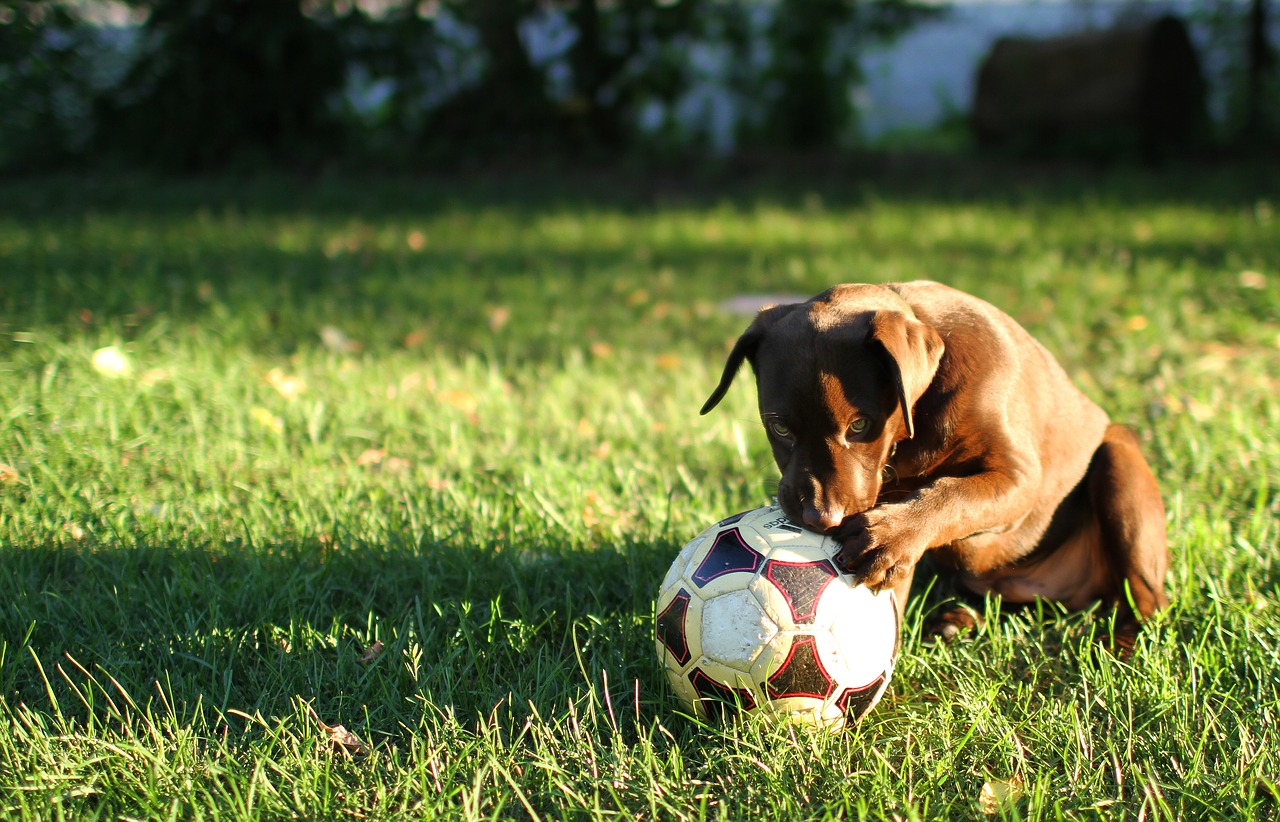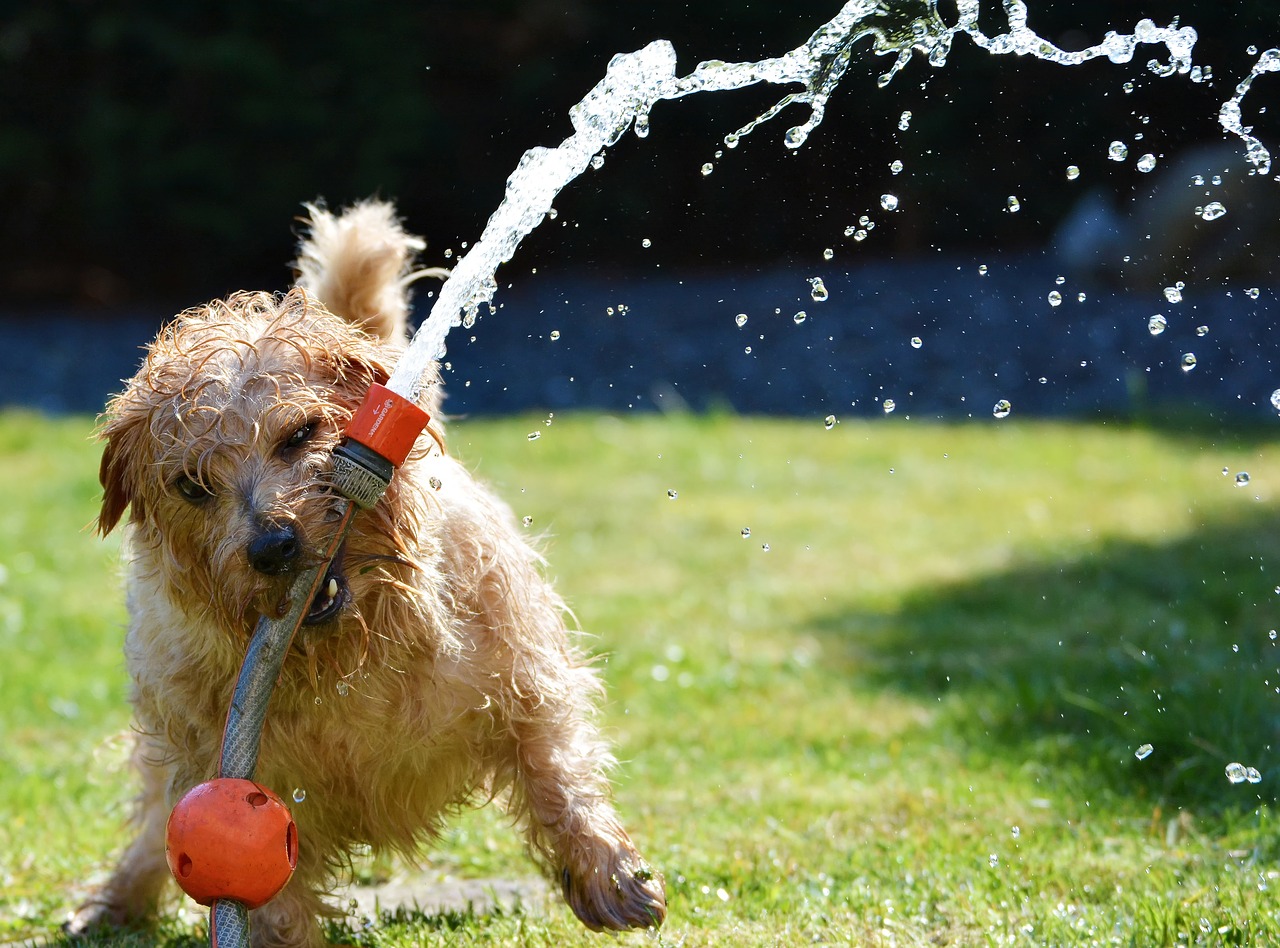Every dog needs exercise and space. While most dog owners try to do the best job they can to provide exercise, your dog may still seem cooped up and get bored or depressed. A pet containment system offers dog owners a safe and attractive option to maximize your pet’s freedom while still keeping the dog safe. These containment systems may also be known as invisible fences because they don’t have a physical barrier, but instead, use electricals to keep your dog in a certain radius.
How Does The System Works?
Setting up and using a containment system is fairly simple and there are two main options for pet owners. A wired pet containment system uses a wire antenna that’s placed around the area you want your dog to stay.
A transmitter is placed in the house or garage and generates a signal that connects to the receiver collar on your dog. If he crosses the boundary, he receives a corrective stimulation.
A wireless dog fence is similar but does not require you to lay out wire surrounding the area. Instead, a transmitter is used to create a circular field. If the dog travels outside of that field, he receives electric stimulation. This system is easier to install but doesn’t adapt to the shape of your yard. A wireless system works best for a home that is centrally located on your property. Otherwise, you may want to choose a wired system.
Using a Pet Containment System Ethical?
This question is commonly asked by pet owners who want to use the system but don’t want to harm their pet. The answer to this question is yes, but pet owners will have to put in some extra work to train their dogs to use the system.
It’s not like a regular fence. Since the fence can’t be seen, your dog will be confused without some extra work.
Additionally, a determined dog that hasn’t received any training will break free. It’s recommended that you only use this system with dogs that are at least six months old and weigh ten pounds. A younger dog may have difficulty learning the system.
The stimulation that the collar provides surprises the dog and is unpleasant but does not provide pain while still being a deterrent to leaving the property.
What Kind of Training Needed and How Long?
There are a few key training tips to getting the most from a pet containment system. When you first get the system, put the collar on your dog for a few days before activating the system.
This will allow the dog to get used to the collar and also ensure that it fits properly. It’s also a good idea so that the dog knows that the perimeter issues the stimulation and not the collar itself.
The collar should fit snugly but not too tightly. Make sure that you can fit three fingers between the collar and the dog’s neck. Also, take the collar off when not in uses as it can cause skin irritation over extended periods of wearing.
When you set up the system, put flags around the yard to mark the perimeter. The dog needs visual cues to learn. Leave the flags up for at least 15 days so that your pet will understand the boundary of the property. Walk your dog around the perimeter when you turn it on and have the pet on a leash. When he crosses the boundary, pull him out with a firm “no” command.
You’ll also need to train your dog to use an invisible “gate.” This is important or your dog won’t feel comfortable leaving the yard at any time. Pick a spot on the perimeter and deactivate the containment system. Leave the dog inside the yard and cross outside. Tel the dog to come and the dog will leave the boundary without the stimulation. Use this same spot every time and your dog will learn that this is a safe space to leave when commanded.
Conclusion
Using a dog containment system allows your pet to enjoy freedom outside while still being safe. More effective than a physical fence, these systems are great options for active dogs. If you’re concerned about using a dog containment system, use this advice to get started and train your dog to get used to the system.


